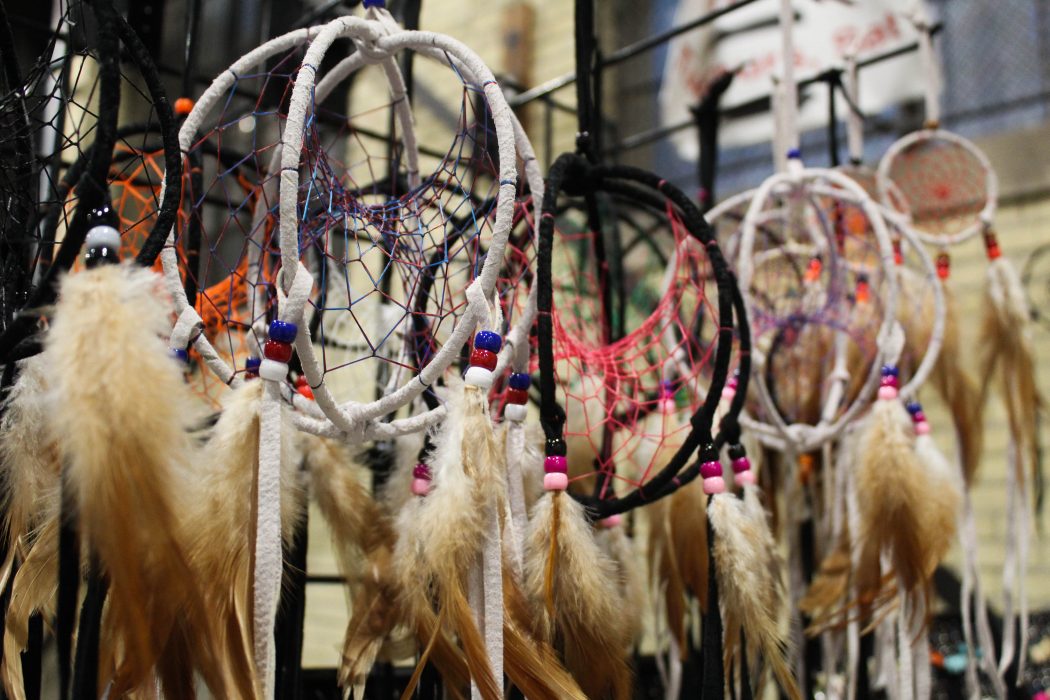Restoring a painful past, USU students are helping to restore the memory of Boa Ogoi
He gets emotional every time.
It’s hard not to, given what Bradley Parry knows — given what was lost.
It is estimated between 270 to 400 Shoshone men, women and children were killed by the U.S. Army on Jan. 29, 1863. It was the largest mass murder of indigenous people in American history — and yet the Bear River Massacre is largely forgotten, even by people who live in this area.
But Parry’s tribe has made a decision. The Battle of Boa Ogoi will not be forgotten.
The northern band of the Shoshone tribe is working with a team of graduate students at Utah State University to restore the site of the massacre.
The USU team plans to reverse the ecology of the land to what it would have looked like in 1863. The tribe is building a cultural and interpretive center for the public to visit and understand the Shoshone culture.
Bradley is the project manager and a tribal councilman with the Northwestern band of the Shoshone nation.
One of his jobs involves finding federal grant funding to help continue the project. He often meets with people who come to assess the request for funding.
Bradley explains to them what happened on the land.
“Lately it’s been really difficult to suppress the emotion,” he said. “What happens is on the drive home I get hit with that wave I’ve been bottling up and it just comes out.”
Bradley said it is specifically hard on days when he visits the site by himself.
“If I go up there by myself I get extremely emotional,” he said. “I feel the need to pray, to honor those people and just sit there in silence.”
Bradley said the part of the project he is most excited for is the rehabilitation of the natural hot spring and the river channel. He also believes giving recognition to the land will give the spirits of those who were killed peace.
“We can basically have a funeral for them for the first time,” he said.
Bradley said, while he believes the project is a wonderful thing for the Shoshone people and the community, it is difficult to oversee.
“This is my heritage. These are my people,” he said. “Nothing about this is easy.”
Darren Parry, a chairman of the Northwestern band of the Shoshone nation, and Bradley’s cousin, also said the massacred Shoshone never received a proper burial.
“It was so cold that the ground was frozen and none of the bodies were buried,” he said.
Darren grew up listening to his grandmother tell stories of her own grandpa who survived the massacre as a 12-year-old boy. Restoring the land of the Battle of Boa Ogoi means everything to him.
“It’s us being able to tell our stories from our unique perspective,” he said. “And when you give people a voice, especially marginalized communities, a voice is really powerful. It goes towards reconciliation and forgiveness.”
Will Munger, a graduate student at USU, is helping with the project.
“We’re looking at mimicking beaver activity, potentially reintroducing beaver,” he said. “But really focused on restoring the important plants and animals.”
Munger is on the climate adaptation science team working to restore the habitat.
“We started with this amazing ethnobotany,” Munger said. “Then my team thinks up how to make these plants, that are so important to the Shoshone, resilient in the face of challenges like climate change.”
He said the daunting task was made easier with help from ethnobotanical records from a tribal historian, Mae Timbimboo Parry.
Mae was a record keeper for the Shoshone who kept detailed descriptions of plants and animals. She was also Darren and Bradley’s grandmother.
“She went to notoriously evil boarding schools where they were whipped and tortured for speaking their native language,” Parry said of his grandmother.
Mae earned an English degree from LDS Business College. She began writing down an oral history of stories from Shoshone tribe members.
Parry said usually Shoshone history is passed on orally, but because of his grandmother, the tribe has recorded stories, as well as a plant diary. He said it was his grandmother who took him to the site of the massacre every year and helped him understand the magnitude of what happened there.
“She told me once as a child, ‘one day you will have to make them listen’,” he said. “Without her, I’m not sure where we would be as a tribe.”
Lindsay Capito is on the climate adaptation team along with Munger, and has a background in watershed science.
Part of restoring the site to what it was like 150 years ago includes getting rid of the Russian olive trees that have grown in the area, as well as reintroducing native species of birds and beavers back into the area.
Capito used a beaver restoration assessment tool to provide the tribe with a recommendation of which areas can sustain a beaver population on the river.
Before she started her role in the project, Capito attended meetings and history classes with Darren. She said learning about the massacre was a shocking and sad experience.
“It’s almost like two massacres,” she said. “The first being this horrible injustice over a hundred years ago, and the second being 100 years of pouring salt in the wound by not allowing this story to be told.”
The Shoshone tribe, along with the climate adaptation team, is excited to see what the future holds for the site.
“We want people to understand that we’re here,” Bradley said. “We are one tribe of many. And this is our story.”

